

MARTIN LUTHER KING JR.
50 Years Later | A Leader Remembered
Foreword by John Lewis | Text by Charles Johnson
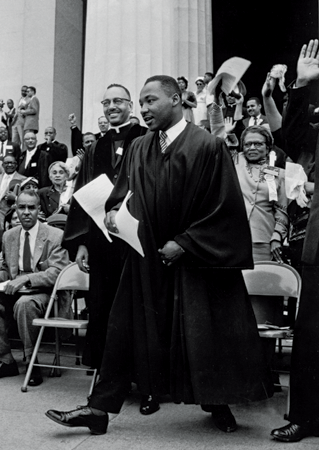
BOB HENRIQUES/MAGNUM PHOTOS
King took center stage during the Prayer Pilgrimage for Freedom in Washington, D.C., on May 17, 1957.

Martin Luther King Jr.
50 Years Later | A Leader Remembered
EDITORIAL DIRECTOR Kostya Kennedy
CREATIVE DIRECTOR Gary Stewart
DIRECTOR OF PHOTOGRAPHY Christina Lieberman
DESIGNER Allie Adams
EDITOR Daniel S. Levy
PHOTO EDITOR Rachel Hatch
WRITERS Charles Johnson, John Lewis (Foreword)
WRITER-REPORTER Gillian Aldrich
ASSISTANT PHOTO EDITOR Alessandra Bianco
COPY EDITORS Parlan McGaw (Chief), Joel Van Liew
PRODUCTION Richard Shaffer
TIME INC. BOOKS
PUBLISHER Margot Schupf
SENIOR VICE PRESIDENT, FINANCE Anthony Palumbo
VICE PRESIDENT, MARKETING Jeremy Biloon
EXECUTIVE DIRECTOR, MARKETING SERVICES Carol Pittard
DIRECTOR, BRAND MARKETING Jean Kennedy
SALES DIRECTOR Christi Crowley
ASSOCIATE DIRECTOR, BRAND MARKETING Bryan Christian
ASSOCIATE DIRECTOR, FINANCE Jill Earyes
ASSISTANT GENERAL COUNSEL Andrew Goldberg
ASSISTANT DIRECTOR, PRODUCTION Susan Chodakiewicz
SENIOR MANAGER, FINANCE Ashley Petrasovic
SENIOR BRAND MANAGER Katherine Barnet
PREPRESS MANAGER Alex Voznesenskiy
ASSOCIATE PROJECT AND PRODUCTION MANAGER Anna Riego Muiz
EDITORIAL DIRECTOR Kostya Kennedy
CREATIVE DIRECTOR Gary Stewart
DIRECTOR OF PHOTOGRAPHY Christina Lieberman
EDITORIAL OPERATIONS DIRECTOR Jamie Roth Major
MANAGER, EDITORIAL OPERATIONS Gina Scauzillo
SPECIAL THANKS Brad Beatson, Brett Finkelstein, Melissa Frankenberry, Kristina Jutzi, Simon Keeble, Seniqua Koger, Kate Roncinske
Copyright 2018 Time Inc. Books
Published by LIFE BOOKS, an imprint of
Time Inc. Books
225 Liberty Street New York, NY 10281
All rights reserved. No part of this book may be reproduced in any form or by any electronic or mechanical means, including information storage and retrieval systems, without permission in writing from the publisher, except by a reviewer, who may quote brief passages in a review.
e-ISBN: 978-1-54784-209-4
Vol. 18, No. 6 March 16, 2018
LIFE is a trademark of Time Inc., registered in the U.S. and other countries.
We welcome your comments and suggestions about
LIFE Books. Please write to us at:
LIFE Books, Attention: Book Editors
P.O. Box 62310, Tampa, FL 33662-2310
Text chapters 16 2018 Charles Johnson
COVER FLIP SCHULKE/CORBIS/GETTY
TITLE PAGE Andrew Young, left, Ralph Abernathy, Martin Luther King Jr., and John Lewis leading the 1965 march from Selma, Alabama, to Montgomery, Alabama.
 For more one-of-a-kind LIFE special editions and keepsakes, go to LIFEspecialeditions.com
For more one-of-a-kind LIFE special editions and keepsakes, go to LIFEspecialeditions.com
Contents
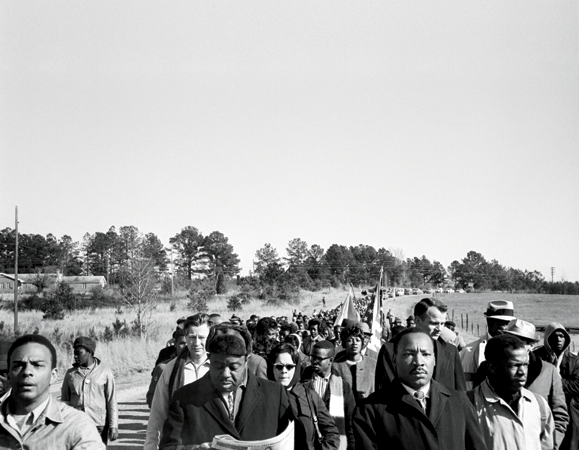
STEVE SCHAPIRO/CORBIS/GETTY
Chapter One
The Early Years
Growing up in the segregated South, King evolved from a precocious young man to a fearless leader of a bus boycott in the Cradle of the Confederacy
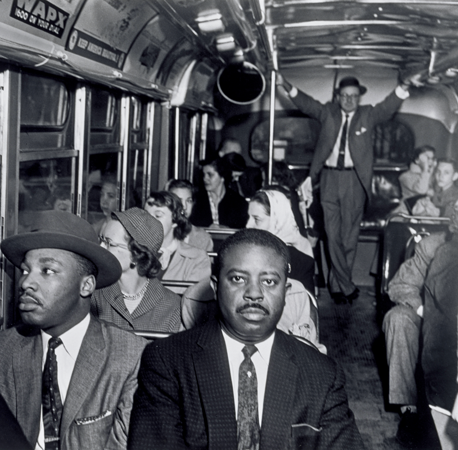
ERNEST C. WHITERS/MUSEUM OF FINE ARTS, HOUSTON/BRIDGEMAN IMAGES
Martin Luther King Jr., left, and Reverend Ralph Abernathy took what had been whites-only seats at the front of Montgomerys first desegregated bus on December 21, 1956. The Supreme Court had ruled the month before that segregation on buses was unconstitutional, and the law had just gone into effect. Despite the court order, bus stops remained segregated and snipers shot at the vehicles.
Twenty-one-year-old Martin Luther King Jr. often spoke glowingly of his childhood and youth as years of fulfillment when I had no basic problems or burdens. His was a family where love was central and where lovely relationships were ever present. He would no doubt have identified his predecessors and peers with Ralph Ellisons dedication in his novel Juneteenth: To That Vanished Tribe into Which I Was Born: The American Negroes.
When King was born on January 15, 1929, nine months before the stock market crash, at 501 Auburn Avenue NE in Atlanta in a two-story Queen Annestyle home, he entered a family only 64 years removed from the devastating experience of slavery. His was a family that could boast of three generations of black preachers. Kings grandfather, Adam Daniel (A. D.) Williams, transformed a struggling little church, Ebenezer Baptist, into a prominent institution with 900 members. In 1899 Williams wed Jennie Celeste Parks, a gentle woman who briefly attended Spelman Seminary and participated in many church efforts dedicated to alleviating poverty and furthering racial progress. Their daughter, Alberta Christine, was Kings mother. Kings father, Martin Luther King Sr., a man who knew and inveighed against injustice and racism his entire life, was also an activist.
In the home of these pious black men and womenwho deeply valued education and whom King saw constantly engaged in social work and spiritual practiceyoung Martin, a child of the black church, found it quite easy for me to lean more toward optimism than pessimism about human nature. By his own admission, he was precocious. He joined the church at age five because his older sister did so and he did not want her to get ahead of him in anything. As a questioning 13-year-old, he recalled how he shocked his Sunday school class by denying the bodily resurrection of Jesus. And during those teen years, King felt uneasy with the uncritical fundamentalism of the Baptist faith and never experienced the crisis moment associated with religious conversion.
Of course, King witnessed poverty and hardscrabble living during the Depression. And he knew prejudice as a child. His first exposure to a race problem occurred when the father of one of his white playmates broke up their friendship, an event that made six-year-old Martin determined to hate every white person. That changed when he was a student at Morehouse College, where he spent two summers working on a northern farm and was amazed to see Negroes and whites go [to] the same church and met white students of good will through interracial organizations. In college he also found liberal mentors like Benjamin E. Mays, president of Morehouse, who provided him with the intellectual example of a modern minister he hoped to adopt as his own model.
In 1944, when King was 15, he won an essay contest based on the theme The Negro and the Constitution. Even then, the enchanting orator he would become can be glimpsed in the keenness of his conclusion, where he said that he hoped America would cast down the last barrier to perfect freedom. And I with my brother of blackest hue, possessing at last my rightful heritage and holding my head erect, may stand beside the Saxona Negroand yet a man!
Yet Martins academic record at Morehouse was, as his teacher George D. Kelsey put it, short of what may be called good. Kings grade-point average was between C+ and B. That less-than-stellar performance was likely due to the social distractions he found and a desire to cut loose a little when he started college. He was, after all, only 15 when he began. But by his senior year Martin took to his studies; he was ordained as an associate pastor at Ebenezer at age 19, responding to an inner urge that gradually came upon me... to serve God and humanity.
Next page
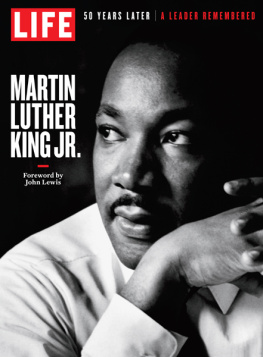
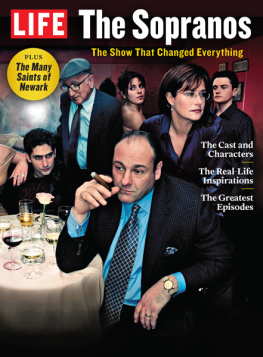
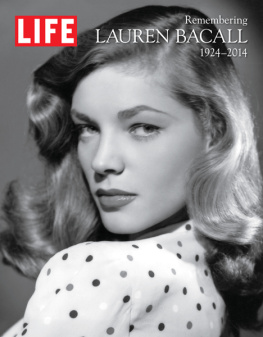
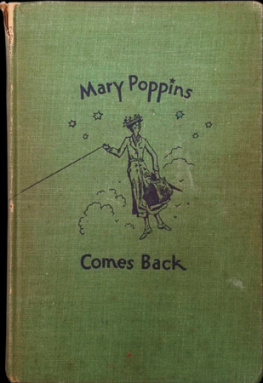

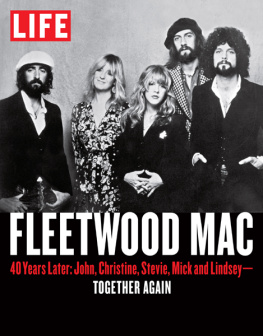
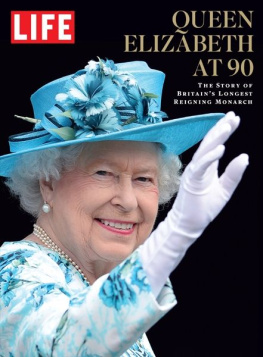
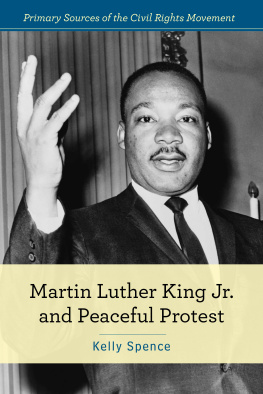

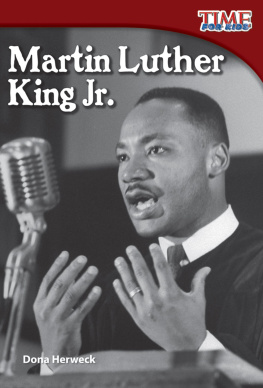
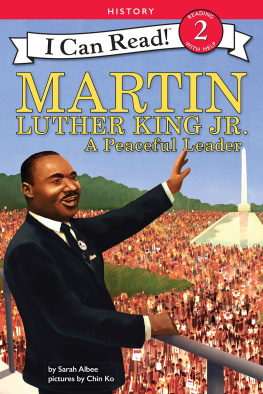
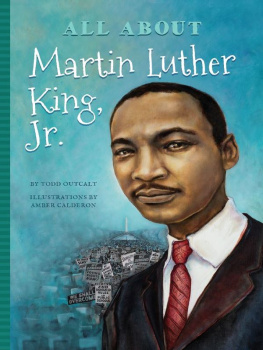
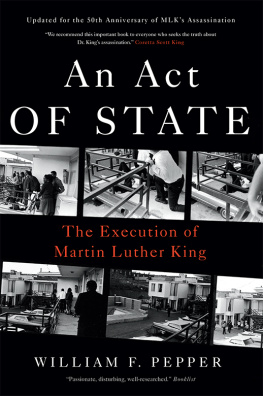
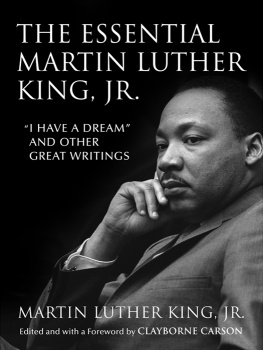
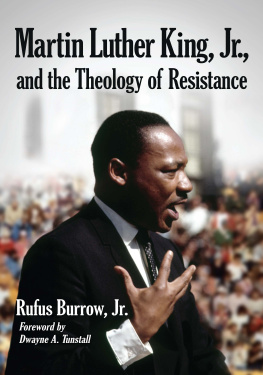






 For more one-of-a-kind LIFE special editions and keepsakes, go to LIFEspecialeditions.com
For more one-of-a-kind LIFE special editions and keepsakes, go to LIFEspecialeditions.com
